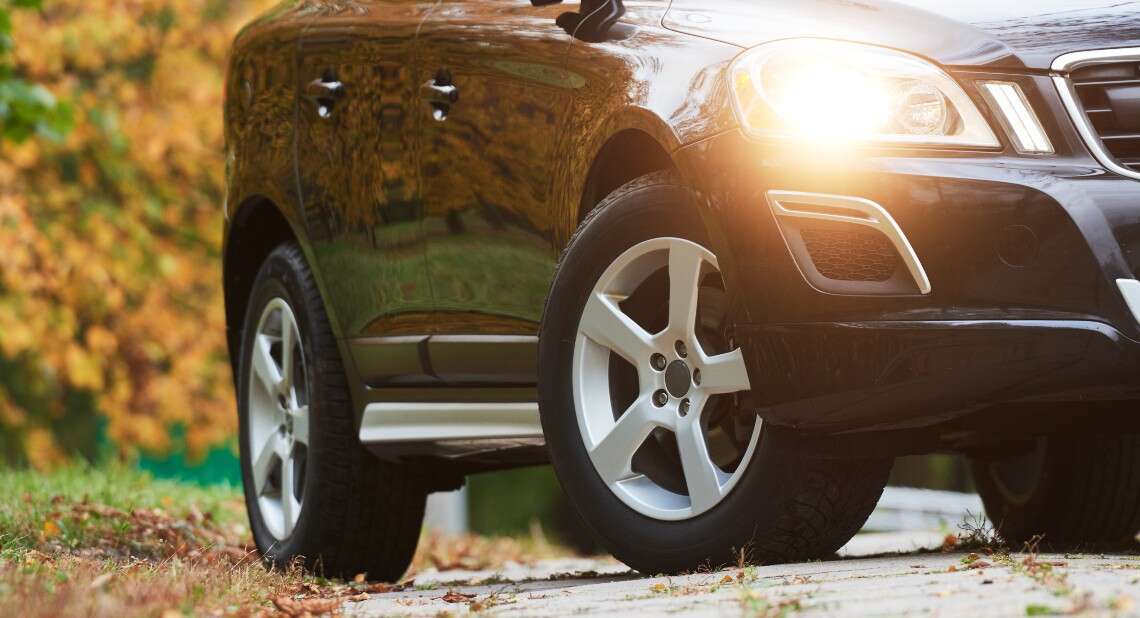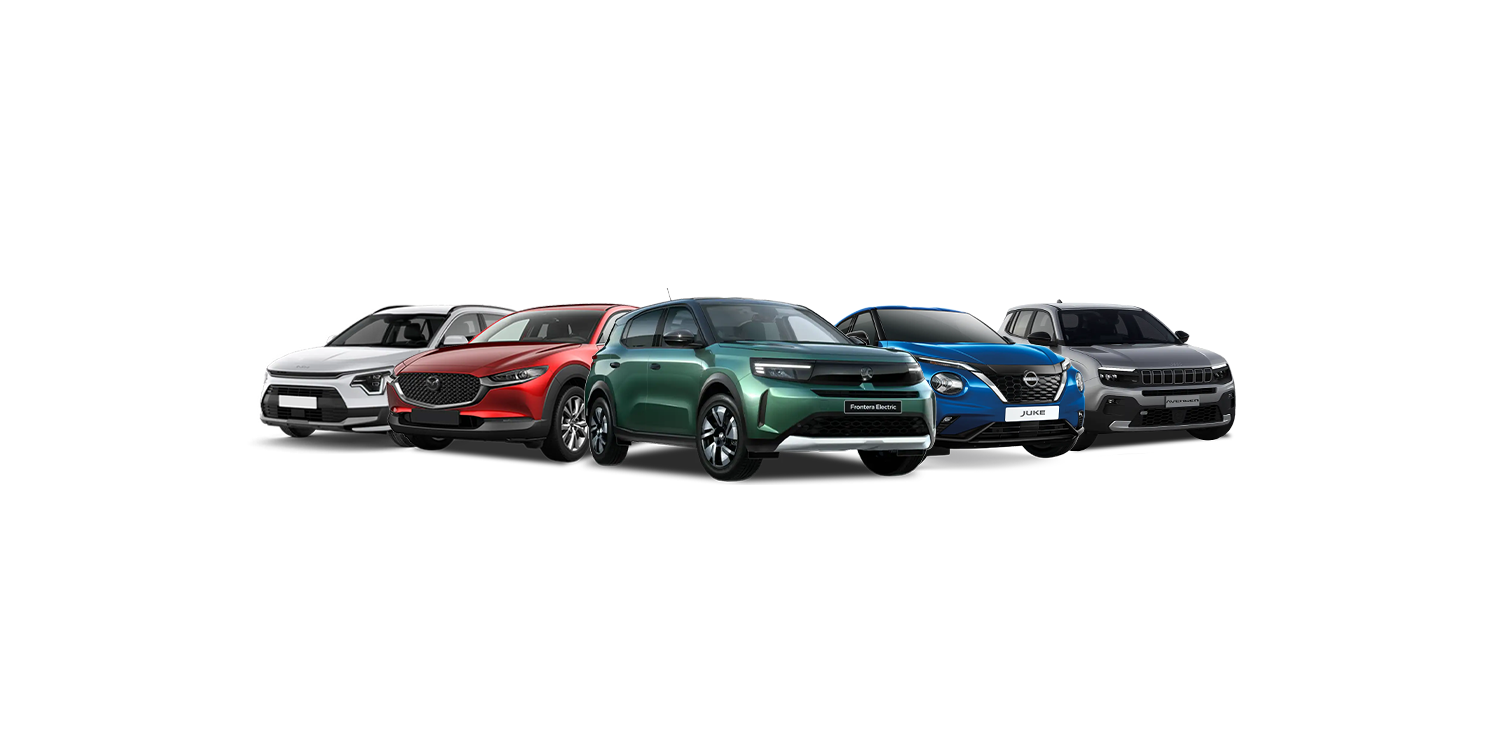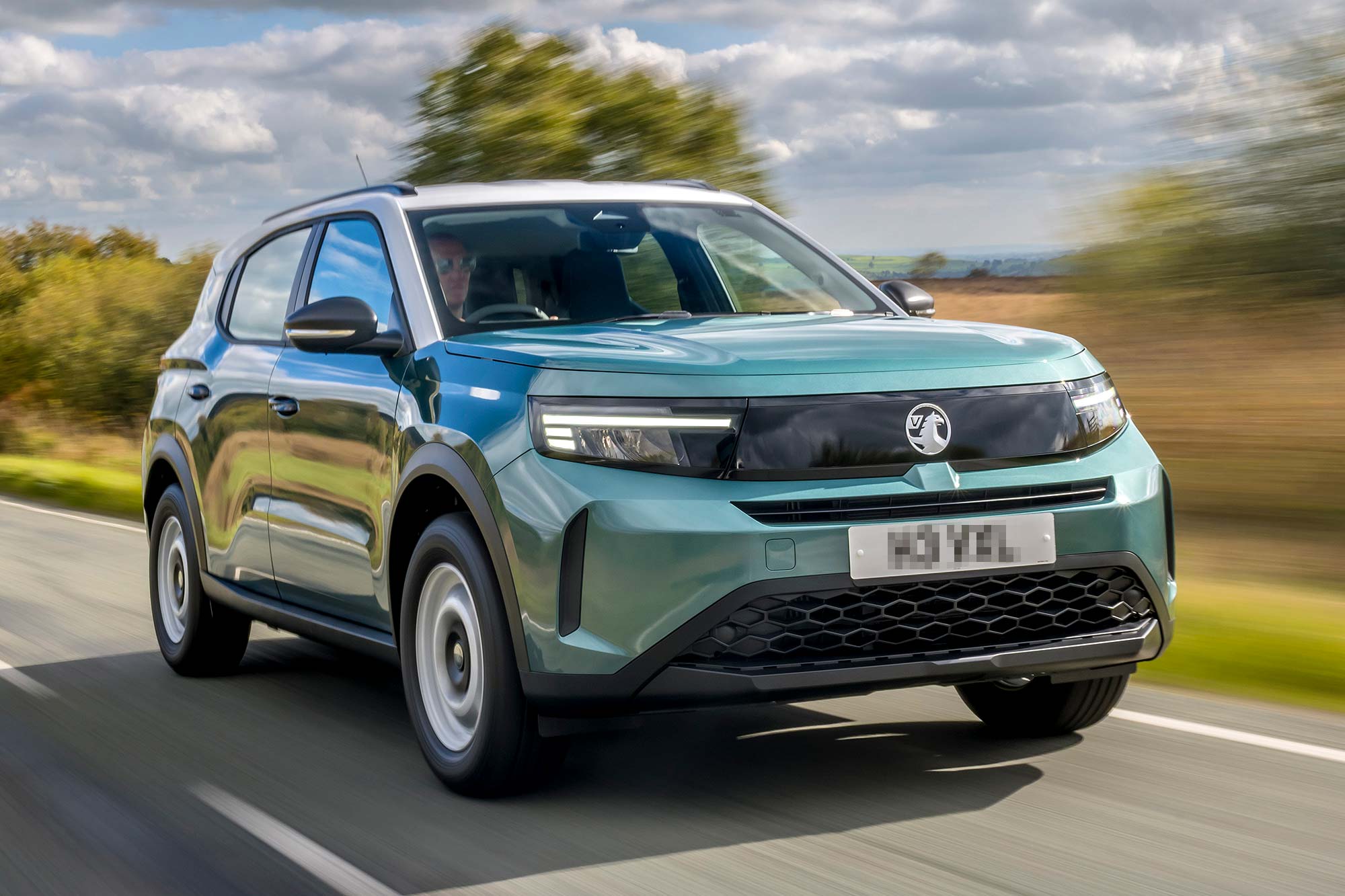Crossovers are becoming an increasingly popular type of car in the UK. In this article, we take a closer look at what these crossover cars are, which crossovers are available on the Motability Scheme and why people are choosing them.
Crossover cars explained
A crossover is a ‘regular’ car with a sports utility vehicle (SUV) design, all rolled into one. This means that a crossover has the chunkier, more rugged appearance of an SUV, making it better suited to more rural terrain than most regular cars – but it is still designed mainly for urban use.
Crossovers are usually smaller, easier to handle and less powerful than most SUVs, and as a result, they are also (usually) more fuel-efficient. They sit somewhere between a regular car – a hatchback, saloon, estate, etc – and an SUV, often offering the best of both worlds.
Examples of crossover cars
Most crossover cars can be split between larger, family-sized cars and smaller, more compact models. Both types of crossover are available on the Motability Scheme.
The Scheme’s family-focused models include the Nissan Qashqai, SEAT Ateca, Peugeot 3008, Mazda CX-5 and MINI Countryman. Smaller crossover options include the Renault Captur, Nissan Juke, Ssangyong Tivoli and Toyota C-HR.
To see the full range of cars available on the Motability Scheme, head to our recently improved Car Search tool.
Benefits of crossover cars
Some of the benefits of a crossover car include:
- Better driving visibility
- Improved comfort and capacity
- Better fuel economy (than an SUV)
- A variety of size options
Better drivability
Compared to hatchbacks, saloons and estates, crossovers tend to give drivers better visibility due to their elevated ride height. This raised height can also make getting in and out of the car a bit easier if you have limited mobility. And although crossovers may seem bulkier than regular cars because of their SUV-style appearance, most models don’t take up much more room on the road.
While the majority of crossovers are front-wheel drive, there are some models which come with four-wheel drive as an option. Four-wheel drive allows you greater control of the wheels when driving, and is mainly useful for people who regularly go off-road or live in rural areas. You can find out more in our guide to 4x4s and all-wheel drive cars.
Improved comfort and capacity
Originally, many SUVs were made using ‘body-on-frame’ construction, where the chassis (the base of the car’s frame) is separate and attached to the car’s body. Though they share similar styling, most modern crossovers are built with the lighter ‘unibody’ frames found in most regular cars.
The benefit of this is that crossovers deliver a lighter, smoother, more comfortable ride than heavier and harder-to-handle SUVs. The unibody frame also allows designers to make more of the interior space than those designed with a ‘body-on-frame’ construction, meaning you can usually expect more space for passengers and luggage.
Better fuel economy (than an SUV)
Another advantage of crossovers is good fuel economy. This is thanks to the lighter weight of the car, compared with an SUV, which means that you can get more miles from each tank of fuel.
Also, because crossovers are a popular style of car, manufacturers have usually got a good line-up of diesel and petrol engines on offer within the crossover segment, alongside a growing number of mild hybrid, hybrid and fully electric options. Take a look at our website to learn more about how the Motability Scheme can support you in making the switch to electric.
Crossover size options
Crossovers are very popular at the moment, partly because there are quite a few sizes available within this vehicle type. As mentioned above, these can be broadly split into two groups: family-sized crossovers and smaller, compact models.
Family-sized crossovers
Examples of family-sized crossovers available on the Scheme include the likes of the Nissan Qashqai and SEAT Ateca.
The five-door and five-seater Nissan Qashqai is credited with starting the fascination with crossovers. Launched way back in 2007, the Nissan was a revelation with its elevated hatchback and SUV appearance. It was soon labelled the ‘crossover’ and took the motoring world by storm. All these years later, the Qashqai is still popular, delivering good space, comfort and practicality.
The SEAT Ateca comes with five doors and five seats, which is standard for the crossover class. The car’s square shape means the Ateca delivers decent room in the cabin and boot. The driving position is very flexible with a particularly good amount of adjustment in the seating position. Moreover, the steering wheel can be tweaked for height and reach, meaning a driver of virtually any size will be able to get comfortable behind the wheel.
Other family-sized crossovers included in the Motability Scheme include the Peugeot 3008, Mazda CX-5 and Mini Countryman. Models include manual and automatic options, and petrol, diesel and petrol-electric hybrids.
You can view the full range here
Compact crossovers
The Scheme’s smaller crossovers include cars such as the Renault Captur and Vauxhall Mokka.
The French-made Captur is the smallest crossover in Renault’s line-up, yet it is one of the company’s most popular models. This car uses the same platform as the Renault Clio hatchback, but it has raised suspension and a higher driving position. The Captur also has more space than the Clio. This means the Captur is a good middle-ground choice if you find a Clio-sized hatchback too impractical and cramped, but don’t want a noticeably big car, either.
The Vauxhall Mokka is based on the small Corsa hatchback platform, but it is a larger model that may be more practical for some. This comfortable crossover’s seating position is commanding and upright. There is also excellent all-around visibility, due to the Mokka’s big mirrors and windows.
Other compact crossovers included in the Motability Scheme include the Nissan Juke, SsangYong Tivoli and Toyota C-HR. The Motability Scheme offers manual and automatic options, with petrol, diesel, hybrid and fully electric models to choose from.
You can view the full range here
Choose your car
You can search all the cars available on the Motability Scheme by using the car search tool. If it’s time to renew your lease with the Scheme or if you’re new to the Scheme, find your nearest dealer and book a test drive soon.
If you’re new to the Motability Scheme, learn how it works here or request a free information pack.
Related articles
Latest Prices for the Motability Scheme
Expert car picks from the new Motability Scheme price list
Small cars, estates or SUVs: what type of car suits your needs?
![]()







